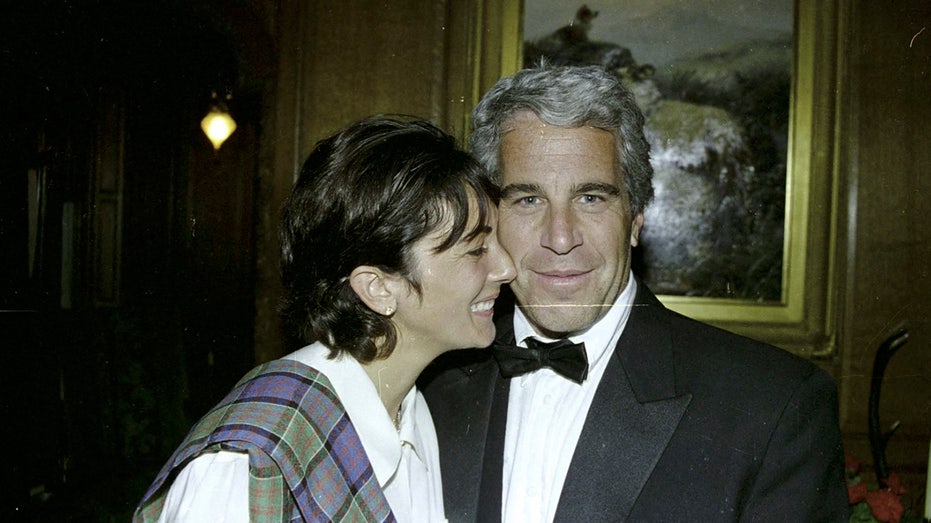The costs of veterinary care in the U.S. are up 9% from just a year ago, but in some parts of the country, the cost of animal care isn’t the biggest hurdle: It’s finding a veterinarian.
Across the Navajo Nation’s 27,000 square miles spread over three Western states, there’s a healthcare crisis for animals that live in the rural desert area. There’s an estimated 500,000 dogs and cats in the area, many free-roaming, but just three veterinarians to care for them all.
The Banfield Foundation is a nonprofit that focuses on bringing veterinary care to all pets using grants and the Banfield Pet Hospital, which operates veterinary clinics around the U.S. and in several countries. It has handed out $19 million in grants over the last seven years to help community groups across the country buy mobile care units and provide services to animals in needs. Since 2021, $1.3 million has gone to help pets in Native American communities in 11 states.
To help provide that care, volunteers from the Parker Project, a mobile veterinary clinic that serves the Navajo Nation area, and Banfield Pet Hospital, make regular trips to go door-to-door checking on pets, offering vaccinations. They also assemble regular pop-up medical clinics that provide treatment to animals and spay and neuter about 7,500 pets a year.
Some vets, like Chicago-based Dr. Katie Hayward, use their vacation time to make time for the volunteer work. She said on “CBS Saturday Morning” that she had recently treated a dog, Minnie, who had “had a bad interaction with a car tire” that resulted in damage to her eye.
“I promised her owners that we would clean that eye socket out and make her face, you know, happy and beautiful again,” Hayward said. “I saw all kinds of happy young dogs. I saw adult animals that just needed vaccines. And I saw really gracious, happy to work with us owners and locals.”
Nationwide, there are signs of a veterinary shortage. Costs are rising, and some estimates say the U.S. could be short 24,000 vets by 2030. In northeastern Arizona, there’s one vet for local animals, but they only have limited hours. Anyone needing help outside that time has to drive several hours to Flagstaff or St. George for a veterinarian.
‘It’s a long drive, and I don’t know if it’s worth it,” said Iton Redking, who lives in the area with his family, four dogs and one cat, and said that whenever he hears a pop-up clinic is being held, he takes his dogs to get them vaccinated.
“But same time, you know, dogs and cats been in your family for so long. They love you and we love them.”
Lacey Frame, a licensed veterinary tech who manages the Banfield Foundation’s field clinics, said that she used all of her vacation time last year volunteering.
“Coming out here, they’re, you know, they don’t have access to that care,” Frame said. “Being able to use my skills and my 17 years of experience to help make a difference for the pets that would not have gotten care otherwise became very important to me.”


